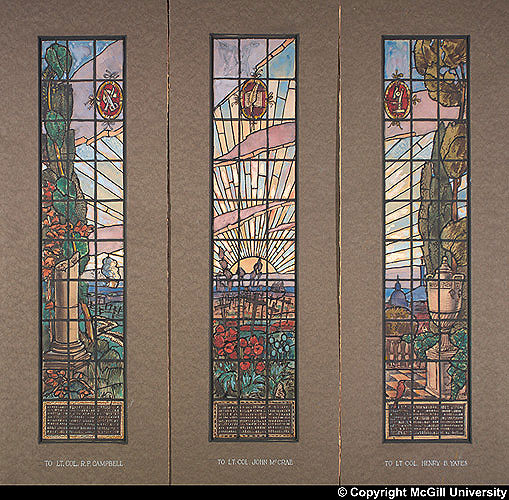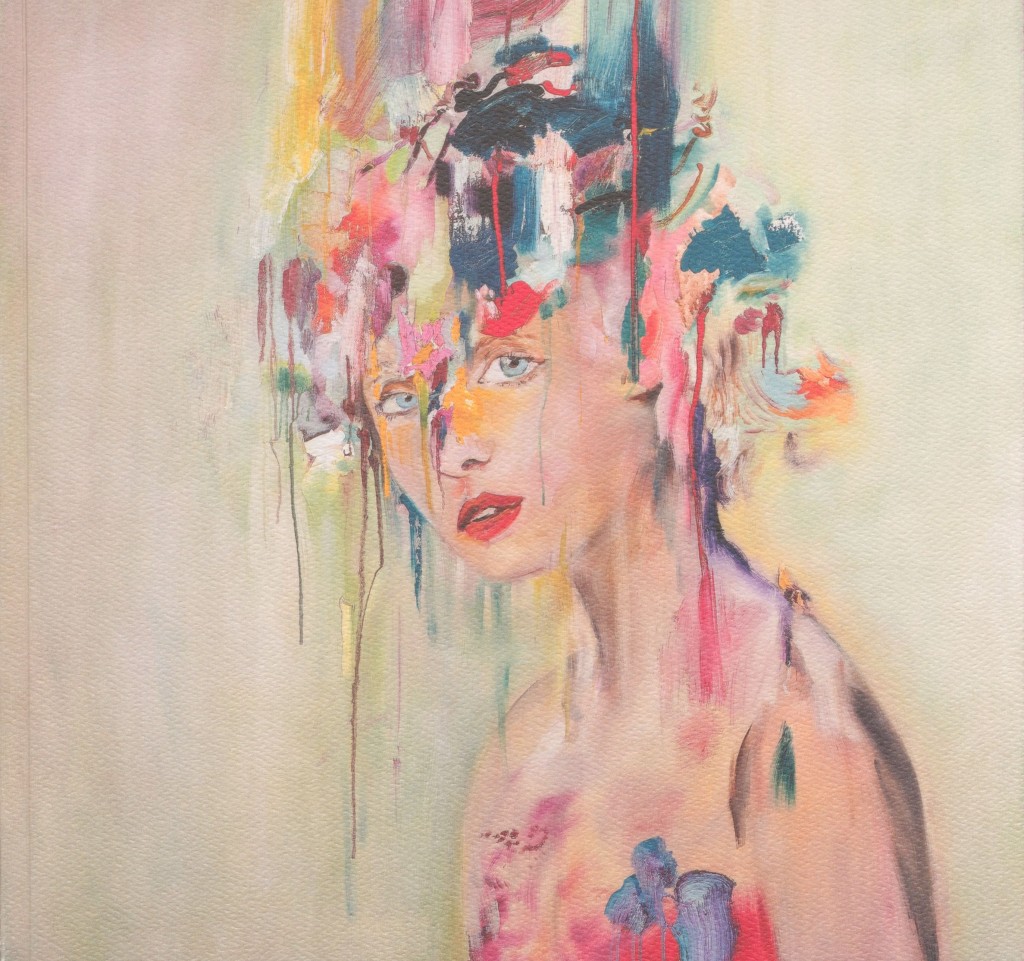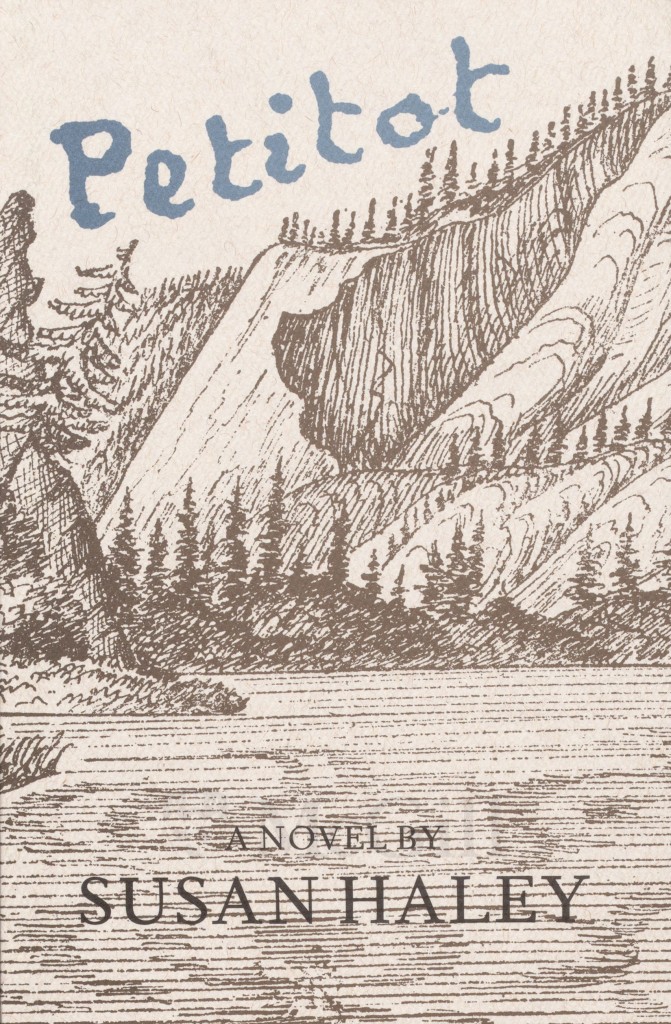By: Pamela Casey
I spent the winter semester in a tucked-away part of Rare Books and Special Collections (RBSC) processing a collection of late 19th-century travel photographs as part of my practicum towards a Master’s in Library and Information Studies. Most of the photographs in the collection are unidentified, but a selection bear signatures of their photographers, including Antonio Beato, Francis Frith, and Samuel Bourne, while others carry donor markings. Recently, a donor name caught the attention of Dr Virr, Head of RBSC and Curator of Manuscripts. While showing him a collection of Cambodian photographs, he recognised one of the names on the donor label. The collection had belonged to Anna Leonowens, of King of Siam fame, a Victorian widow who worked as a governess at the Siamese court in Bangkok, teaching English to the king’s many wives and 87 children from 1862-1868. After a bit of digging, I discovered that Avis S. Fyshe, the actual donor of the photos to the library, was Leonowens’s granddaughter.
Avis Selina Fyshe was born in 1886 near Halifax, Nova Scotia. In 1897, she and her family settled in Montreal, and we know Fyshe attended Royal Victoria College in 1903-1904[1]. After her parents died, Fyshe was her grandmother’s caregiver after her stroke until her death in 1915[2]. Later, Fyshe lived abroad and became an artist. She studied art at the School of the Museum of Fine Arts in Boston, as well as illumination and lettering in England, Germany and France. In 1933 she was back in Montreal, where she was active in the Montreal and Canadian artist communities and designed bookplates and Christmas cards[3].

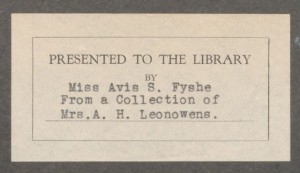
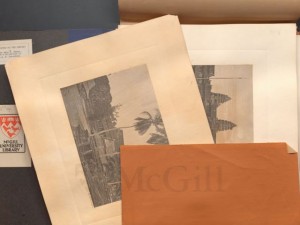
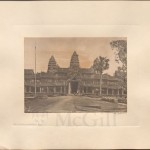


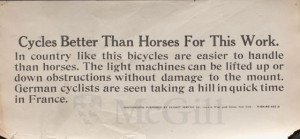
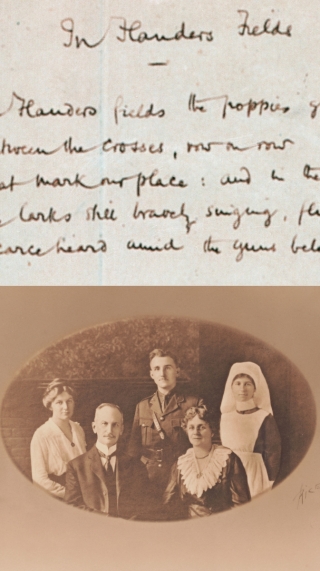
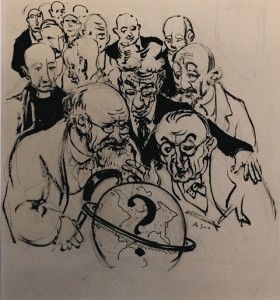
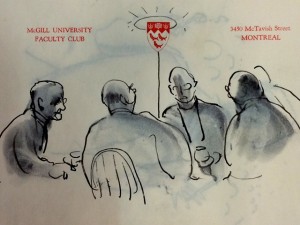
![Arthur Lismer (1885-1969) Forecast of the new library terrace [1952] Pencil on paper, McGill University Faculty Club stationary](https://blogs.library.mcgill.ca/rbsc/files/2014/11/lismer-3-1-300x190.jpg)
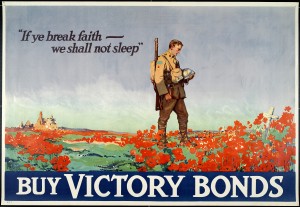

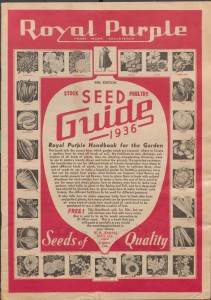
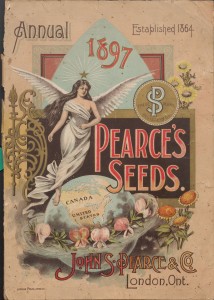

![Redpath Museum [pre-1920], Valentine and Sons' Publishing Co., Ltd. Montreal and Toronto. Printed in Great Britain.](https://blogs.library.mcgill.ca/rbsc/files/2014/09/pic_2014-09-15_131723-1024x647.jpg)
